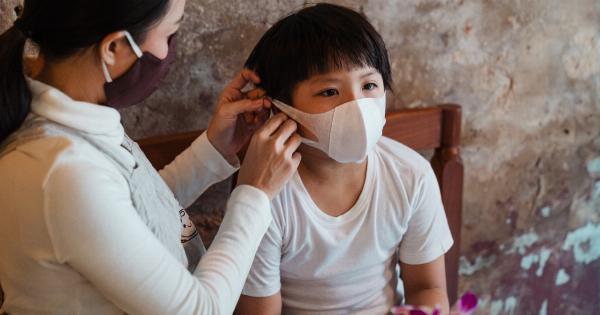Ebola, a virus that first emerged in 1976, is known for its devastating impact on human populations. It is a highly contagious and deadly disease that has caused numerous outbreaks, capturing global attention with its alarming death rate.
In this article, we will delve into the details of Ebola, its transmission, symptoms, treatment, and the efforts made to combat this deadly virus.
The Origins of Ebola
Ebola was first discovered in 1976 near the Ebola River in the Democratic Republic of the Congo (formerly Zaire) and Sudan. The virus, belonging to the Filoviridae family, has since caused sporadic outbreaks in Central and West Africa.
Ebola is zoonotic, meaning it can be transmitted from animals to humans. Fruit bats are believed to be the natural host of the virus, and other animals such as primates and antelopes can also act as reservoirs.
Transmission and Symptoms
Ebola is primarily transmitted through direct contact with blood, bodily fluids, or organs of infected individuals or animals. It can also spread through contaminated surfaces or objects.
The virus can be contracted by handling infected animals, eating undercooked bushmeat, or through contact with the bodily fluids of infected people.
After an incubation period of 2 to 21 days, Ebola symptoms begin to manifest. The initial signs include fever, fatigue, muscle pain, headache, and sore throat.
As the virus progresses, more severe symptoms arise, such as vomiting, diarrhea, rash, impaired kidney and liver function, and in some cases, internal and external bleeding.
The Devastating Impact: High Death Rate
One of the most alarming aspects of Ebola is its high death rate. Depending on the strain of the virus, the average fatality rate can range from 25% to 90%.
The high mortality rate is due to the virus’s ability to disrupt the body’s immune response and cause multiple organ failure.
Ebola causes significant damage to blood vessels, leading to bleeding internally and externally. This, coupled with the suppression of the immune system, results in a higher risk of complications and death.
Unfortunately, there is no specific treatment for Ebola, and supportive care remains the primary approach.
Outbreaks and Global Response
Since its discovery, Ebola has caused several outbreaks, putting affected regions and the international community on high alert.
The most severe outbreak occurred between 2014 and 2016 in West Africa, primarily affecting Guinea, Sierra Leone, and Liberia. This outbreak resulted in over 11,000 deaths, highlighting the urgent need for improved surveillance and response strategies.
The global response to Ebola outbreaks has been crucial in controlling its spread.
International organizations such as the World Health Organization (WHO) and the Centers for Disease Control and Prevention (CDC) have played a significant role in providing technical assistance, deploying healthcare workers, and coordinating efforts to contain the virus.
Moreover, scientific research has been instrumental in developing potential vaccines and treatments.
In recent years, promising progress has been made, particularly with the development of an experimental vaccine that showed high efficacy during the 2018 outbreak in the Democratic Republic of the Congo.
Prevention and Precautionary Measures
Prevention plays a crucial role in controlling the spread of Ebola. Public health measures such as community education, early case detection, contact tracing, and safe burials are essential in preventing transmission.
Additionally, practicing good hygiene, including regular handwashing with soap and water, is vital in reducing the risk of infection.
Healthcare workers also need to adhere to strict infection prevention and control measures. Wearing personal protective equipment (PPE), such as gloves, masks, gowns, and goggles, is necessary when caring for suspected or confirmed Ebola cases.
Implementing proper waste management procedures is also crucial in reducing the risk of contamination.
Conclusion
Ebola continues to pose a significant threat to human health, with its high contagion and mortality rates. Efforts to prevent and control outbreaks have made progress, but vigilance and ongoing research are necessary to combat the virus effectively.
Timely response, international collaboration, and investment in healthcare systems are crucial in minimizing the impact of Ebola and ensuring global health security.































